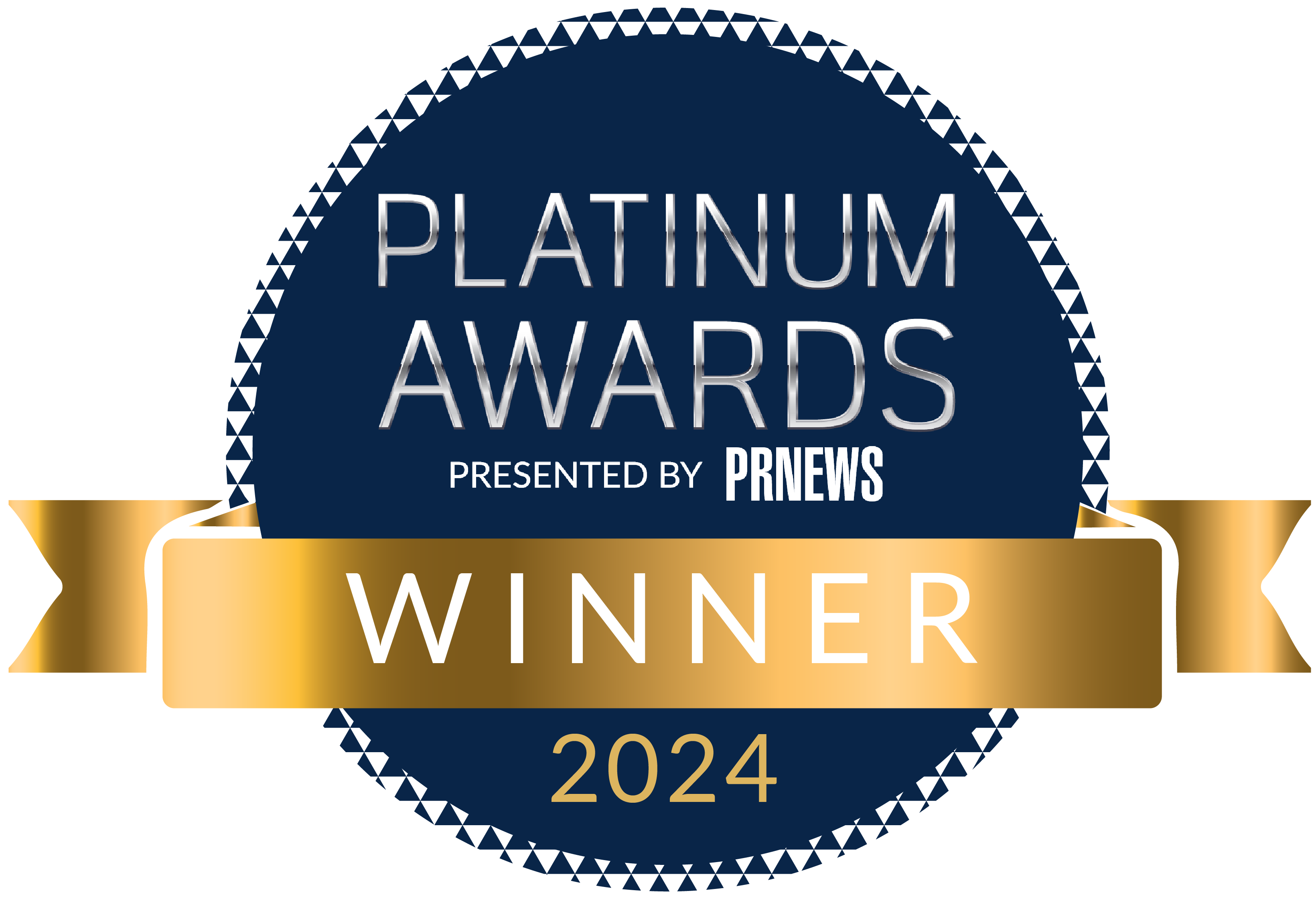Article contributed by Jennifer Keck, Technology Writer & Founder of Keck Marketing
Tech companies often struggle to create messaging that connect with customers. Yet no matter what you’re selling, you have one underused tool in your marketing arsenal: employees. Only about 3% of employees share company content, but employee advocacy has a huge impact on a brand’s success. Here are four ways an employee advocacy program can benefit your tech company.
- It improves organic reach and engagement.
This one is the most obvious. If you’ve watched your organic reach on Facebook plummet, you’re not alone. Since the platform moved to prioritize user-generated content, only about 1.2% of a page’s fans saw any given post in 2018.
This doesn’t mean promoted posts and social ads aren’t worthwhile. Yet employee advocacy is one of the most powerful techniques out there. When employees share branded messages, these posts get a 561% boost in reach and are shared 24 times more frequently, according to MSLGroup.
- It helps build brand trust.
It’s no surprise that people trust their friends over brands. But did you know 90% of buyers trust a recommendation from someone they know? Compare that with just 33% who trust the brand, and you can see why employee advocacy works so well. Building trust is especially important for startups that don’t have years of brand loyalty from a dedicated customer base. So, when your marketing manager tweets about how much she loves the SaaS platform you just launched, it will do more to get her techie followers to try it out than a promoted tweet ever could.
- It grows your pipeline and increases sales.
If you only get one department on board, pick Sales for the biggest returns. Here’s where we drill down into a sub-genre of employee advocacy: social selling. Simply put, social selling is the process of building a relationship with prospects over social media. That could mean anything from sharing a relevant article on LinkedIn to congratulating a follower on his recent award via Twitter. This helps sales reps build trust and show off their industry knowledge, without sounding salesy.
It takes time, yet it’s worth it. Case in point, Genesys, a call center technology company, saw 2.2x the pipeline growth, a 16% increase in win rates, and a 42% increase in deal sizes thanks to its employee advocacy program.
- It supercharges recruitment and retention.
Last but not least, employee advocacy programs can double as a recruiting tool. By encouraging employees to share job openings, you may just discover that your next rock star programmer was your product manager’s college roommate. In fact, 30% of consumers find employee-shared job posts helpful, according to a 2016 Edelman Trust Barometer.
And employees can do much more than share job posts. Pictures of company retreats, happy hours, and the resident pug dog go a long way to demonstrate that your office isn’t all work and no play. Recruits who want more than a great salary and benefits can see first-hand how much their friends enjoy working there. They’ll also likely be happier once they start –47% of referral hires have greater job satisfaction and stay longer, a Jobvite research report found.
Make no mistake, building and maintaining a successful employee advocacy program is no easy task. It takes time and requires commitment to see the results. Fortunately, there are over a dozen employee advocacy tools out there to help. But before you dive in, consider your goals. Is it brand building, boost sales, or to find new recruits? As with any marketing program, a SMART goal will help you get the most from your employee advocacy.




